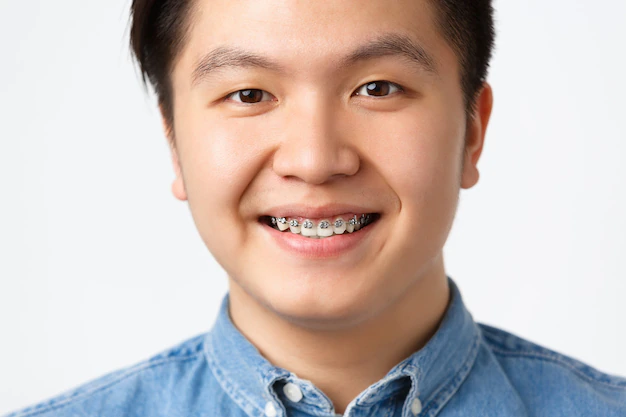free hair transplant
O hair transplant is an increasingly popular surgical procedure that aims to restore hair growth in areas affected by baldness or thinning hair.
With technological advances and improved techniques, hair transplantation has become a viable option for those who want to regain their appearance and self-esteem.
In this article, we will explore the fundamentals of hair transplantation, its most common techniques and the expected results.
Find out how to apply free hair transplant.
What is hair transplant?
Hair transplantation is a surgical procedure that involves transferring healthy hair follicles from a donor area to a recipient area on the scalp.
The main objective of hair transplantation is to restore hair growth in areas affected by baldness or thinning hair.
During the procedure, hair follicles are taken from the donor area;
This is usually the back or side of the head, where the hair is denser and less prone to falling out.
These follicles are then implanted in the recipient area where the hair loss has occurred.
There are two main hair transplant techniques:
Follicular Unit Transplantation (FUT) and Follicular Unit Extraction (FUE). In the FUT method, a tissue strip containing hair follicles is removed from the donor area and the follicles are individually separated for implantation.
In the FUE method, follicles are extracted individually using special microneedles and then implanted in the recipient area.
Hair transplantation is performed under local anesthesia and can take several hours, depending on the extent of the procedure.
After surgery, the transplanted follicles begin to grow naturally over time, resulting in denser, fuller hair in the treated areas.
It is important to note that hair transplantation does not prevent the progression of existing baldness, but rather redistributes healthy hair follicles to affected areas.
Therefore, the proper evaluation of the candidate and the realistic expectation of the results are essential before opting for the procedure.
Follicular Unit Transplantation (FUT)
Follicular Unit Transplantation (FUT), also known as the t technique, is one of the oldest and most traditional hair transplant techniques.
In this technique, a layer of tissue containing hair follicles is removed from the donor area, which is usually the back or side of the head, where hair is denser and less likely to fall out.
Here is a step-by-step description of the Follicular Unit Transplant (FUT) procedure:
The patient is positioned comfortably and receives local anesthesia to numb both the donor area and the recipient area of the scalp.
The surgeon uses a surgical blade to remove a strip of scalp tissue in the donor area.
The incision is carefully made to minimize trauma to adjacent hair follicles.
After removing the tissue strip, the donor area is sutured with stitches or surgical staples.
This suture is placed precisely to ensure proper closure and minimal visible scarring.
The strip of tissue removed is handed over to the technical team, who separate individual hair follicles using specialized microscopes and instruments.
Follicles are classified into groups of 1 to 4 hair strands, depending on their characteristics.
The surgeon makes small incisions in the recipient area of the scalp where the hair follicles will be implanted.
The follicles are carefully inserted into the incisions, taking into account the natural direction and angle of hair growth to achieve aesthetic results.
After the procedure, the patient is given instructions on post-operative care, including proper cleaning of the scalp, application of prescribed medications, and avoidance of activities that could compromise the hair grafts.
Preparation and performance of hair transplant
The first step is to schedule an appointment with a hair transplant surgeon.
During this consultation, the doctor will assess the condition of your hair, discuss your expectations and explain the procedure in detail.
Before the hair transplant, you will need to undergo a thorough preoperative evaluation.
This may include blood tests, assessing the health of your scalp, and discussing medications you may be taking.
Based on the initial assessment, the surgeon will plan the hair transplant procedure.
This involves determining the amount of hair grafts needed, the donor area (usually the back of the head), and the method of extracting the hair follicles (such as FUT or FUE).
On the day of the hair transplant, you will be instructed to wash your hair thoroughly before arriving at the clinic.
Avoid using hair products such as a gel or spray to ensure your scalp is clean.
Before starting the procedure, the surgeon will apply local anesthesia to your scalp to ensure that you do not feel pain during the hair transplant.
You will be awake throughout the procedure, but you will not experience significant pain.
Depending on the chosen method (FUT or FUE), the surgeon will start extracting the hair follicles from the donor area.
In the case of FUT, a strip of scalp is removed and the follicles are separated. In FUE, follicles are extracted individually using a special tool.
After extraction, hair follicles are prepared for transplantation.
This involves carefully separating the follicles into smaller groups to ensure a natural result.
The surgeon will make small holes in the recipient scalp and then implant the hair grafts one by one.
They will be precisely placed to follow the natural pattern of hair growth.
After the procedure, you will receive instructions on how to care for your scalp and hair grafts during your recovery period.
This can include using medications, avoiding intense physical activity, and protecting the scalp from direct sun exposure.
It is important to attend scheduled follow-up appointments with your surgeon to monitor your hair transplant progress and discuss any concerns or questions you may have.


0 Comments